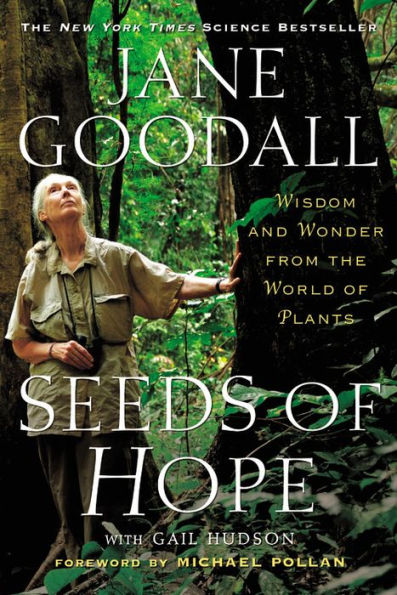5
1

Seeds of Hope: Wisdom and Wonder from the World of Plants
432
Seeds of Hope: Wisdom and Wonder from the World of Plants
432Paperback(Reprint)
$18.99
18.99
In Stock

Product Details
| ISBN-13: | 9781455513208 |
|---|---|
| Publisher: | Grand Central Publishing |
| Publication date: | 04/14/2015 |
| Edition description: | Reprint |
| Pages: | 432 |
| Sales rank: | 398,168 |
| Product dimensions: | 5.90(w) x 9.00(h) x 1.40(d) |
About the Author

From the B&N Reads Blog
